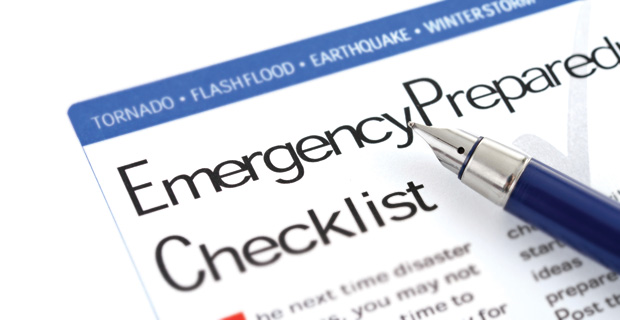Lessons learned from Hurricane Sandy

The storm that ravaged the Northeast both exposed shortfalls in the preparedness of small business owners and reinforced the importance of having a plan.
In her wake, Hurricane Sandy left behind more than $60 billion in damage. Although much of this destruction was impossible to prepare for, it reinforced the importance of having a plan that at least lessens the blow for business owners.
Preparedness plans protect the safety of an owner’s employees, facilities, structures and electronics by implementing procedures that ensure what can be protected will be.
Up to 40 percent of businesses affected by a natural or human-caused disaster never reopen, according to the Insurance Information Institute. A sound preparedness plan will help you not only reopen, but reopen faster.
According to Ready Business, which was launched by the U.S. government to help businesses prepare for disasters, the first step in developing a plan is assigning employees to a committee with the goal of its development and appointing a coordinator.
From there, the committee should identify any potential vulnerabilities in the case of a hurricane or other disaster.
For example, New York Marine Trades Association Executive Director Chris Squeri says marina owners now take into account tidal surges like experienced in Sandy as they are replacing pilings and docks. Also dealers now know they need to detach ramps from the pier.
“Having a plan is only half the battle, but if we have one in place, we can reduce a lot of headaches,” Squeri says.
Although many dealers created a preparedness plan post-Hurricane Irene, they were not prepared for the flooding that accompanied Sandy.
Melissa Danko, executive director of the Marine Trades Association of New Jersey, says dealers now have to modify their preparedness plan to identify vulnerabilities in their facility in the case of future flooding.
“None of us knew we would see the flooding we saw,” Danko says. “There were a lot of lessons learned on how to prepare for that.”
Numerous mitigation strategies are another important part of a preparedness plan, according to Ready Business. Dealers who invest in taller dock pilings are reducing future risk in the case of another storm.
In rebuilding, Danko says dealers need to be more conscious of where items are placed on shelves, determining what needs to be higher up. Also, reliable, offsite backup of electronic files should be in place well in advance.
During Irene, boats that were on land fared better than those in the water; however, the tidal surge and high winds from Sandy dealt less damage to docked boats. In the future, Danko says dealers will need to pay attention to the forecast leading up to a storm’s arrival in order to pick the right option for their customers.
In New York, Squeri says Sandy revealed a weakness in coverage for dealers, many of which did not have flood insurance or dock coverage. Squeri also recommends scheduling large equipment, like forklifts and trailers, on the policy to ensure it is covered.
With the necessary pre-storm steps in place, the resources to carry out the plan also need to be identified, according to Ready Business.
Employees should be identified to carry out each part of the strategy. Necessary materials like plywood or sandbags for flooding should be easily accessible.
Danko also recommends business owners use the resources available from their respective trade organizations. Danko’s association sent out several emails prior to the storm that updated weather forecasts, as well as provided additional storm preparedness resources specific to the state.
Once normalcy again returns to coastal small businesses, now is a great time to reexamine storm preparation while the exposed inadequacies are still top of mind. As time progresses, Squeri hopes the attention paid to preparedness continues.
“In the short term, you know people will remember, but in the long term, you have to hope they will remember,” Squeri says.




